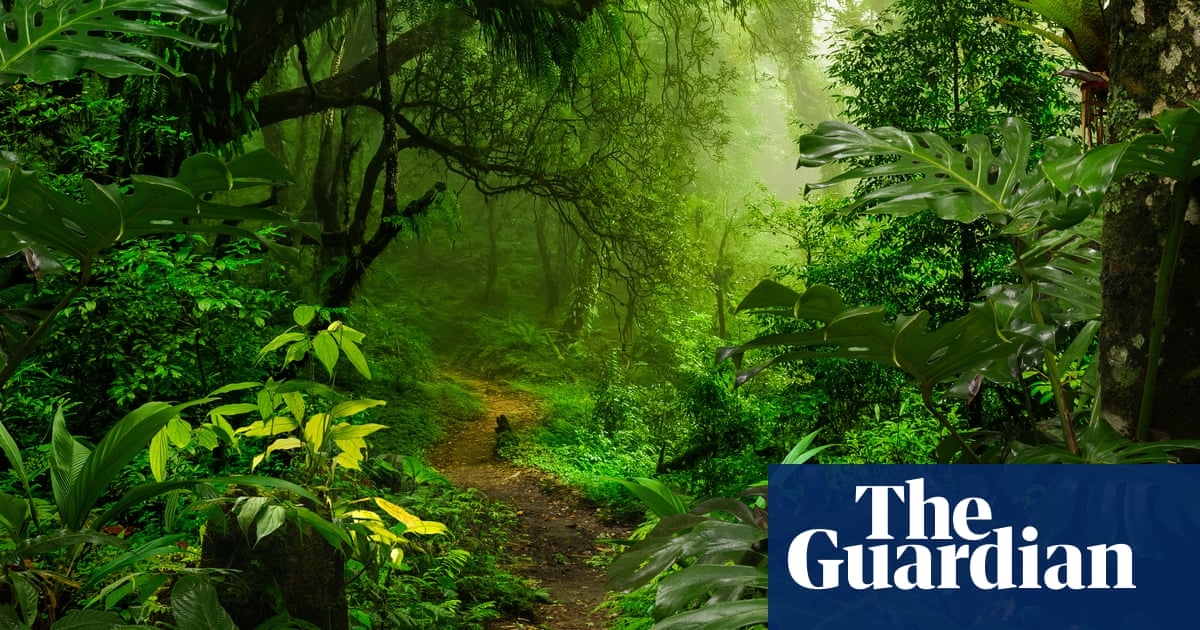A new point in history has been reached, entomologists say, as climate-led species’ collapse moves up the food chain even in supposedly protected regions free of pesticides
Reports of falling insect numbers around the world are not new. International reviews have estimated annual losses globally of between 1% and 2.5% of total biomass every year.
Widespread use of pesticides and fertilisers, light and chemical pollution, loss of habitat and the growth of industrial agriculture have all carved into their numbers. Often, these were deaths of proximity: insects are sensitive creatures, and any nearby source of pollution can send their populations crumbling.
But what Janzen and Hallwachs are witnessing is a part of a newer phenomenon: the catastrophic collapse of insect populations in supposedly protected regions of forest. “In the parts of Costa Rica that are heavily hit by pesticides, the insects are completely wiped out,” Hallwachs says.



I live in what should be a prairie, but it’s just hundreds of miles of farmland now. I drove five hours yesterday, and my car is still clean. It’s absolutely horrific.
I am a biology major with a focus on ecology, and sometimes I regret choosing this academic path. I have taken some ag classes, the ag majors here are multi-generational ranchers and farmers. The disregard for the damage they are doing to the environment and the way they mock advances in ag that preserve life beyond their fences is so discouraging.